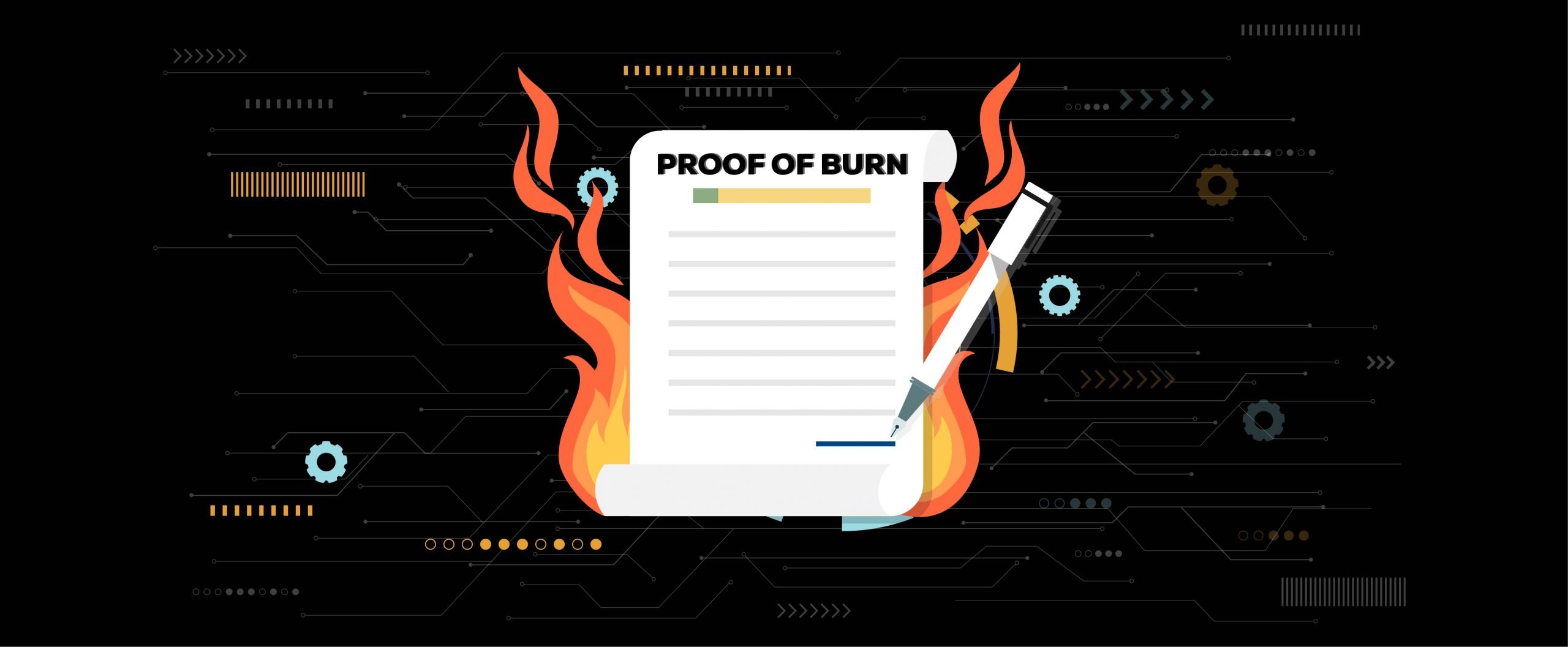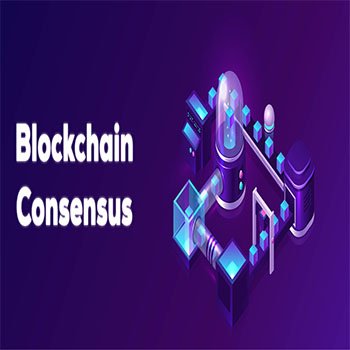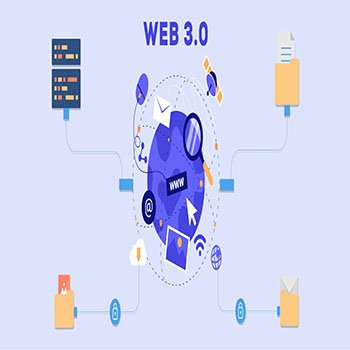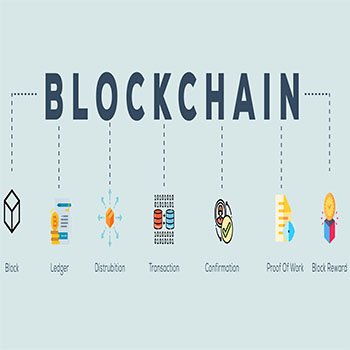Proof Of Burn
Proof Of Burn
- Proof-of-burn (PoB) is an energy-minimum consensus technique contrasted against proof-of-work (PoW). Decentralized PoB-method platforms ensure that miners achieve consensus by burning money. Crypto’s are permanently removed from circulation via the act of burning.
- Although inflation is reduced in reality, PoB powered blockchains require it for transactions to confirm. Proof-of-Burn employs virtual mining systems to validate transactions instead of real ones. In short, the PoB miners start coin burns as a method to demonstrate their participation and to mine in the network.
- How much a miner burns shows his virtual mining strength. The higher the power, the more are the coins. Higher mining power enhances the pace at which new blocks are found, similar in PoW systems.
- As a result, the miner receives additional benefits. The coin burn procedure includes sending the coins to an "eater address" on proof-of-burn (PoB) network. This address may be verified publicly but cannot be accessed. Addresses of eaters are random and do not have personal keys.
- The proof-of-burn (PoS) is similar in that both consensus techniques need interaction with coins in order to secure the network. Unlike the POB, though, coins held in PoS systems do not get permanently destroyed; if they wish to leave the network, their owners may still access them and sell them.
- In contrast, PoB leads to a coin shortage, as opposed to PoS. A new kind of consensus algorithm is the PoB mechanism. Therefore, huge networks have not yet been proved to work. The PoB method has certain advantages: sustainable and highly decentralized mining processes.
Top Case Studies You May Like






